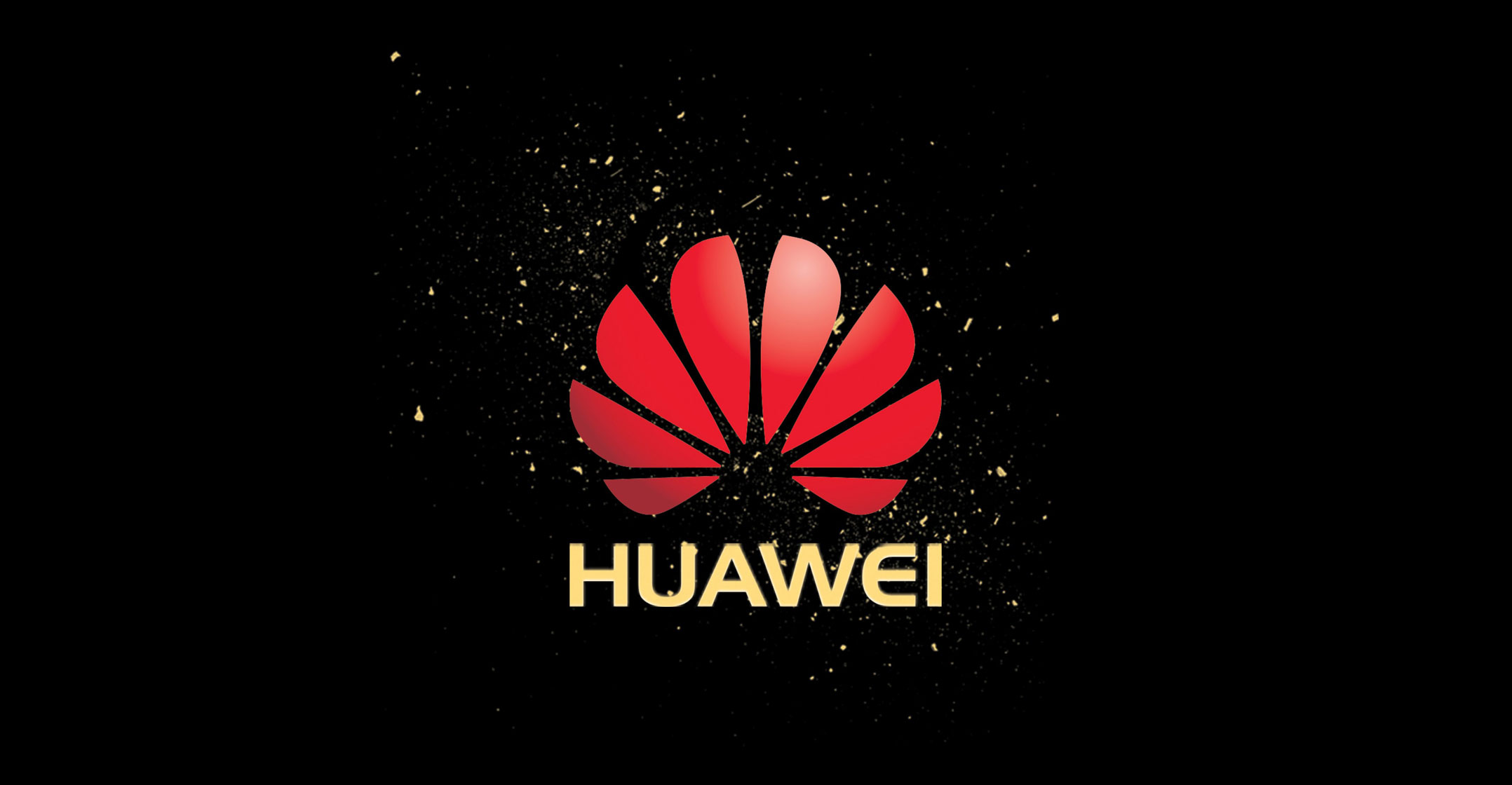
All businesses, big and small, need data and the insights that can be derived from it. When it comes to understanding customers’ preferences and needs, big data plays a crucial role. But to get the insights the business requires, the right data must be effectively collected and analysed.
The idea of “big data” grew out of the need to grasp the trends, preferences and patterns in the flood of data that is generated when people interact with various systems and with each other, says Fred Saayman, business unit manager for Huawei at Pinnacle, South Africa’s leading ICT distributor.
“This data can provide insights to help businesses design new experiences, services and products, helping them stay ahead of the curve and outperform the competition.”
He says the rise of mobile technology has added to the flood of data, by creating a slew of new ways for businesses to interact with their customers. “This has driven the need for powerful analytics tools, to scrutinise this data and understand the story it is telling.”
This is where big data analytics comes in, explains Saayman. “It has given us ways to process data at scale at a much lower cost, and large enterprises were quick to jump on the bandwagon, particularly in industries such as e-commerce, banking and telecommunications.”
However, the very term “big data” has created the perception that the barrier for entry when it comes to the high-end analytics systems needed to process big data must be too high for small businesses.
‘A mistake’
There are also SME owners who think that “big” isn’t for them and that a solution for processing “small data” will be sufficient for their needs. “This is a mistake. The data that can be collected and analysed from smaller businesses’ information systems, as well as the open sources in their ecosystem around that, can grow very quickly and become unmanageable.
“But the barrier to entry isn’t too high. There is a variety of tried and tested algorithms that ensure that there isn’t too much coding needed and the cloud has enabled big data analytics at scale, even for smaller businesses.”
This has been game-changing, particularly for smaller businesses that can’t benefit from the economies of scale to differentiate themselves on price alone, he adds.
 This “democratisation of analytics” enables businesses to focus on a data management system that is scalable and works best for them, he adds. “The days where there were different systems for hot data, and cold data, and structured and unstructured data are over. Systems are converging, and even big data is merging into a greater data management paradigm. Today, there are really only two categories of data, and those are profitable and non-profitable data.”
This “democratisation of analytics” enables businesses to focus on a data management system that is scalable and works best for them, he adds. “The days where there were different systems for hot data, and cold data, and structured and unstructured data are over. Systems are converging, and even big data is merging into a greater data management paradigm. Today, there are really only two categories of data, and those are profitable and non-profitable data.”
The former gives a true competitive advantage, and the latter does not, explains Saayman. “This is why businesses of all sizes need to relook at their relationships with data, and how they consume it. The winner isn’t the business that knows the most — huge volumes of data are available to everyone. The winner is the one who has the right data at the right time. In this way, big data isn’t about technology, it’s about true business outcomes. Businesses need to know what to do with the data before simply deploying a big data system.”
What they need, he says, is a data management platform that has the ability to scale as the volume of the organisation’s data assets grows organically. “This is why Huawei has been developing a unified platform for data assets that includes three main components — a big data system, an analytical database and an artificial intelligence (AI) engine.”
“Huawei’s intelligent data solution gives businesses across the board an enterprise-class platform for big data integration, storage, search and analysis as well as AI. It enables organisations to quickly process huge sets of data, and helps them capture opportunities and discover risks by analysing and mining data in a real-time or non-real-time manner,” he explains.
Agile
The solution is agile, providing a range of data processing capabilities, covering converged data warehouse, offline processing, real-time stream computing, real-time retrieval, interactive query and relationship analysis. “In addition, it supports unified multi-cluster and multi-tenant management, as well as a rolling upgrade with zero downtime.”
The platform is also intelligent, says Saayman. “The graph database responds to correlated data analyses covering tens of billions of records within seconds, rapidly returning query results covering hundreds of billions of relationships spanning tens of billions of nodes. Moreover, it has integrated over 10 algorithms to enable unified algorithm management and improve resource utilisation of AI clusters by about 100%.”
Finally, it is convergent, providing DLF for one-stop data integration, development and management. It converges Hadoop and MPPDB data and deploys x86 and ARM server hybrids.
- This promoted content was paid for by the party concerned




